8 Tips For Buying Second-Hand Branded Goods
A crash course from style guru and consultant Daniel Boey on how to shop for pre-loved designer stuff.
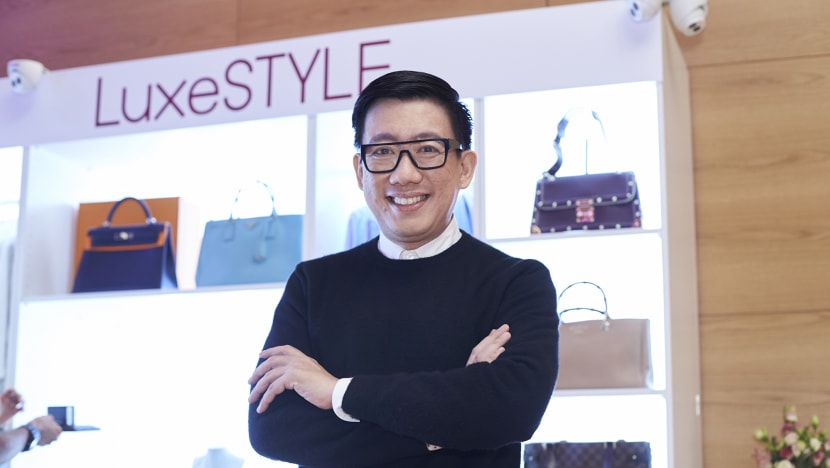
We may be living in lean economic times, but hey, that doesn’t mean you have to dress shabbily. If you’re thinking of treating yourself to a designer splurge without the wallet-destroying price tag, why not go for a pre-loved item instead?
Joining the ranks of online retailers like Reebonz and Madam Milan offering second-hand items is LuxeStyle, pawnbroker Maxi-Cash’s new retail line.
Unlike e-commerce websites, LuxeStyle operates within Maxi-Cash’s existing pawnshops so you can paw at the goods, which are usually priced lower than brand-new items, before you splash your cash.
“Other than trade-ins at our 41 shops in Singapore, the luxury items are also sourced from distributors and owners of pre-owned merchandise from North Asia and Europe,” Maxi-Cash’s CEO, Ng Leok Cheng, tells us. “By actively and regularly sourcing from [overseas] markets, the products are the most up-to-date. Many of these designs are not available in Singapore market.”
So hardcore fashionistas, it’s not like you’ve to tote around something that’s, gasp, two seasons old.
Oh, and the company thoroughly checks each piece before putting it up for sale. Leok Cheng adds, “Apart from sourcing from reliable places, our staff members working on the retail front, backroom and headquarters are all trained in [determining] the authenticity of the various products.”
But if you want to become an expert at sussing out your frenemy’s knockoff Prada bag, read on for fashion show producer and style consultant Daniel Boey’s tips on how to detect real goods from the fake and other useful style advice for getting the most bang out of your buck.
#1 Do your homework and check, check, check.
“You’ve to research the reputation of the seller. And when you ask them questions about the product, they should be able to tell you all about the brand and the history of the product. I won’t say there’s a foolproof way of making sure you’re buying a real item, but there’s a checklist you can use to protect yourself.
I’d look at the logo, lining and stitching of a branded bag. Is the bag well-made? Are the letters in the logo well-embossed? Turn the bag upside down and check the metal studs at the bottom. Expensive bags usually have those studs [to protect the bag from directly touching a surface]. Are the studs aligned nicely, or are they made of cheap metal?
Makers of luxury goods pay attention to every detail in their creations. There are lots of articles online now telling you about how to spot a fake, so read up thoroughly. Don’t buy if you feel in your gut that something is off.
I’ve heard nightmare stories of people buying what they thought were authentic branded bags overseas, only to discover that they bought a fake when they brought it to the boutiques in Singapore to be serviced. Don’t let that happen to you!”
#2 If it's not your style, don’t force it.
"When I buy designer stuff, I always ask myself, can I pair at least half of the stuff in my wardrobe with this item? There’s no point in getting a new bag when you need to buy even more clothes to go with it.
Also ask yourself if it’s really your style. Don’t buy something just ’cos it’s trendy. Classic items always get more mileage than the trendy stuff. The more distinctive something is, the less mileage it has.
If you’re planning to wear something over and over again, don’t make it a lime green Birkin bag. People would remember a lime green bag even if you’ve taken it out only once!"
Best to invest: Classic bags like this neutral-hued Gucci bag at LuxeStyle withstand the test of time.
#3 It bags ain’t all bad.
“Some It bags may go on to become classics. Usually they are bags from the first and last collection that a designer has designed for the brand, like Marc Jacobs’ designs for Louis Vuitton or Tom Ford for Gucci.
Those are worth a lot of money, but only ’cos these designers have created an iconic look for the brand. Don’t buy anything from a designer who has done nothing much for the brand’s look (laughs).”
Don't throw the dough: Quirky stuff like this Balenciaga carpet bag, which was slammed online for resembling a pasar malam carry-all, are not a sound investment.
#4 If you’ve never read a copy of Vogue in your life and can't tell Marc Jacobs from Lady Gaga, just avoid outlandish stuff.
“Keep away from the gimmicks, like Balenciaga’s oversized bags. Five years down the road, you’ll just look odd carrying it when the trend is no longer in. And you probably shouldn’t spend a lot of money on something with an acid wash print.
But if you’ve bought something trendy that’s passé after a season, you can still keep it. Take it out five years later and call it a vintage item (laughs). [Fashion] is a game. There are no hard and fast rules.
If you want to buy something that you just want to wear while it’s trendy, go for [mass-produced] fast fashion. I do that too if there’s a particular look I like but I don’t want to spend $4,000 on a jacket.
Or go for local designers. Most of the time you can be sure you’re wearing something unique.
Retailers like LuxeStyle which sell second-hand goods are great for when you’ve missed buying a designer item when it was first launched and want to get it later. If you know you’ll love the item forever, treat yourself to something good.”
#5 Not sure whether to sell your branded bag? KonMari your wardrobe every six months.
“I face that dilemma too, but I try not to be sentimental about my belongings. If you’ve bought something that you really don’t care about six months down the road, it’s time to sell it. And ask yourself if you’ve bought the the item with the intention of selling it for investment purposes later.”
"Don’t carry your bag the way it’s styled on a model," advises Daniel. So you don't have to, um, squat like Kristen Stewart with your Chanel sling bag like this ad. Whew!
#6 It’s possible to own a popular It bag and still stand out from all the other people carrying the same thing.
“A lot of people directly copy the models’ looks from the designer ad campaigns in magazines. Don’t carry your bag the way it’s styled on a model.
If I’m carrying a nautical bag, I don’t have to wear a white linen suit. That’s very literal! Pair your accessories in unexpected ways, like a pearl necklace with a white T-shirt. The K-pop stars are very good at that.”
#7 Even material things need a good home
“Don’t chuck expensive watches and jewellery in a pile in your drawers. Keep them individually in their original boxes and they will work for you for a long time."
#8 First shoe impressions matter
“You can own the most expensive watch or bag, but grubby shoes cheapen the outfit. Whether your shoes are expensive or not, keep them in good condition.
I’m obsessed with my shoes. After wearing a pair of shoes, I’d leave them out for a day to air, and if they’re made of leather, I’d polish the shoes with a soft cloth and return them to the shoe rack or box.
You don’t have to spend money buying shoe trees to retain the shape of your shoes. Stuffing newspapers works just as well, and the paper helps absorb odour too. But use plain, soft paper to stuff your bags, ’cos the ink from newspapers may stain your bag lining.”
LuxeStyle is located at 18 Maxi-Cash outlets including #01-06 Lucky Plaza, 304 Orchard Rd, S238863 and Bugis Village, 237 Victoria St, S188028. www.maxi-cash.com.sg
SELECT PHOTOS: CHEE YAN





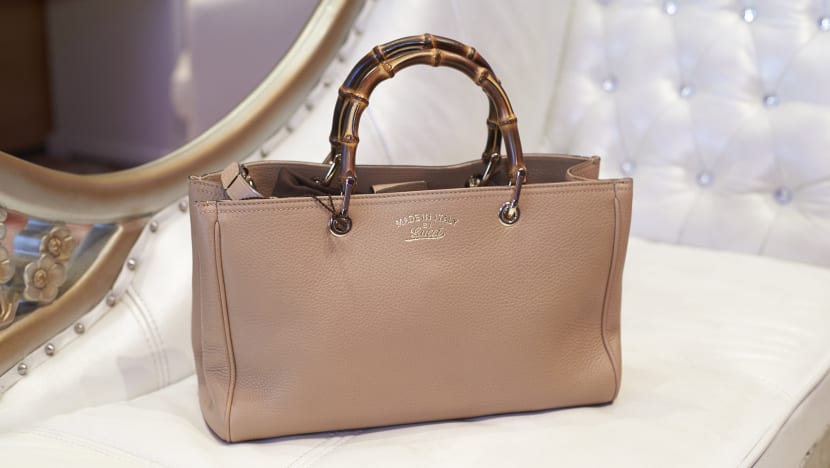



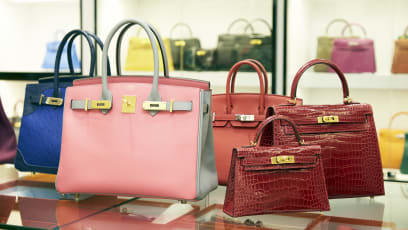




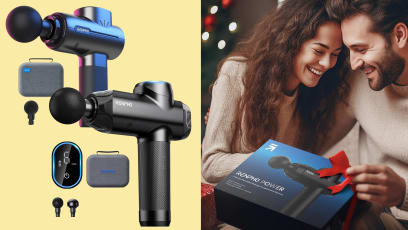
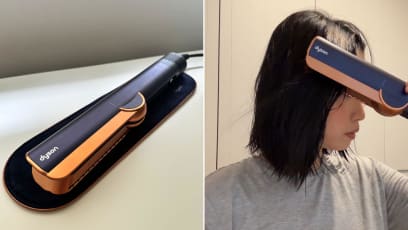


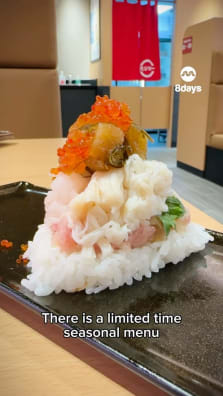
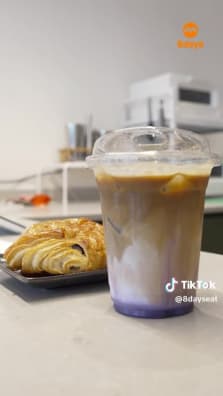

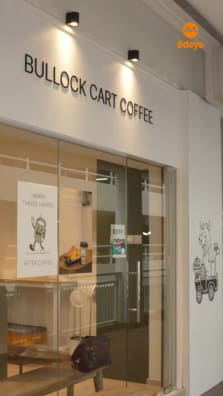
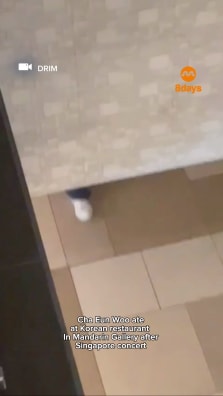



![Boss of Rui Ji chicken rice used to own a tattoo parlour! Talk about a career change! Link in bio to read more
📍Rui Ji Chicken Rice
Blk 93 Toa Payoh Lor 4,
#01-48, S310093
📍148 Beach Road,
#B1-01 The Gateway,
S189720
📍Blk 305 Ubi Ave 1,
#01-179, S440305
[till 16 Apr 2024]
https://tinyurl.com/5dudypkh](https://onecms-res.cloudinary.com/image/upload/s--9s0hbGvI--/c_fit,h_396,w_223/f_auto,q_auto/v1/8days-migration/18015522113203478.jpg?itok=EX3xKSNq)



